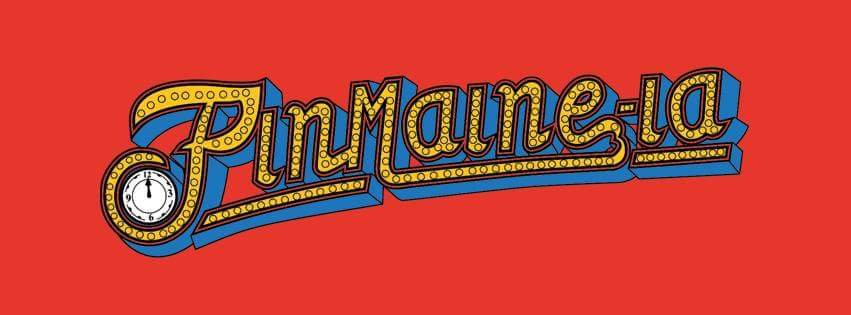
Last Saturday, I had the good fortune to compete in Pin Maine-ia 12, a.k.a. the New England Pinball Championship. Pin Maine-ia is an annual event that this year took place in Gorham, Maine. I’d like to give my thanks again to John Reuter for opening up his home and his collection for this great event.
Pin Maine-ia has quite a positive reputation in the Northeast US, with an impressive roster of former champions including Steve Bowden, Josh Sharpe, and Bowen Kerins (congrats Bowen on your win this year). Capped at 64 players, the tournament consists of 6 rounds of match play. The first 3 rounds determine which division you will play in (A or B) and the next three rounds determine who goes on to finals (top 6 per division). Also, after the first round, you will play in groups of similarly performing players.
If this format seems familiar to you, then you won’t be surprised to learn that Pin Maine-ia is the predecessor to Pinburgh. Unfortunately, I will not be attending Pinburgh this year, but I did compete last year. Pinburgh, while exhausting, was one of my favorite tournaments and I look forward to next year where I hope to compete again.
Many ways to compete…
There are many ways to organize a pinball competition. I will cover some of the less “traditional” formats in future posts, but I will focus today on knockout and match play. The knockout format has players competing in groups to avoid getting strikes, which are earned by coming in last or next to last in your game depending on group size. Match play has players competing from start to finish, earning points that will determine finishing position or qualification for final rounds.
The goal of any tournament is simple: play better than your opponents. However, like any sport, there are many other non-skill factors that can affect the outcome such as luck, weather, mood, and other externals. When it comes to luck, bad luck in particular, knockout can be particularly punishing. In a two strike tournament, for example, having just a couple of unlucky games could spell the end for an otherwise skillful player, while match play will allow a player to keep playing and try to fight their way back, no matter how unlucky they are.
However, when trying to mount a comeback, match play has a particular flaw. In knockout, as long as you aren’t knocked out, you have a possibility of winning the entire thing. In match play, however, it is possible for a bad start to knock you out of the running for the top spot. Many match play tournaments solve this problem by dividing the field into divisions (A, B, etc.) after half of the rounds have been completed, giving less-skilled players something to compete for if the top spot is too far out of reach.
Why match play?
One of the biggest external factors for me when it comes to competitions is travel. For tournaments like Pinburgh and Pin Maine-ia, I spend a lot of time in transit, reserving hotels or organizing couch-shares, and otherwise not playing pinball. After going through that kind of ordeal, I don’t want an unlucky streak to knock me out of competition in the first hour or two.
Last year was my first Pinburgh. I didn’t quite know what to expect as far as stamina was concerned, and my performance on day 1 clearly showed that. Day 2 was another roller coaster as far as performance was concerned, the ups and downs putting me on edge until I barely squeaked into C division finals for day 3.
I had an absolute blast at Pinburgh, despite my exhaustion, and I attribute that primarily to the format. While I greatly appreciated the PAPA collection, the match play format challenged me until the very end, and that is the best that I could have expected.